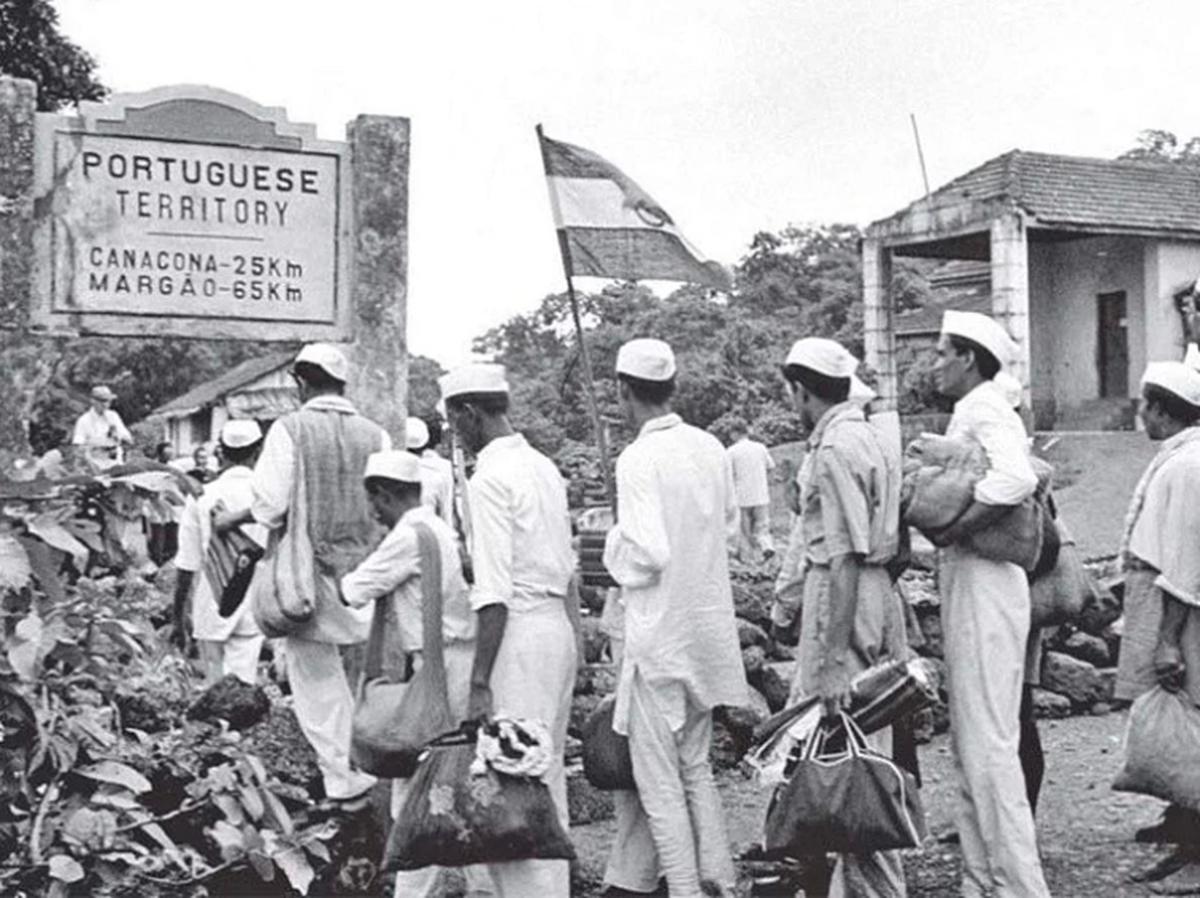Although India gained independence from Britain in 1947, Goa was under Portuguese occupation for a long time. It was included in the map of India in 1961. Valmiki Fellero wrote a book on the history of Goa. He said that at that time Nehru was in power. In December 1961, he started gathering Indian troops there.

More than 100 passenger trains in North, West and South India were diverted to transport troops to Belagavi. Freight trains were used to deliver military equipment.
At that time Portugal sent a ship in response. After arriving at port the ship began its return journey to Lisbon on 12 December. Portugal thought that through US diplomatic efforts, it would be possible to stop India’s military operations altogether.
Indian troops met nominal resistance when they entered Goa. On December 18 that year, Indian troops entered Goa from the north, south and east.
The common people of Goa had warned the Indian Army not to be in danger of Portuguese land mines. Within 36 hours of the operation, the Portuguese authorities officially signed the surrender of Goa.
The most interesting thing is that no experienced Portuguese soldiers were deployed in Goa at that time. They had little training and no combat experience. But Portugal’s defeat was not communicated to the people of Lisbon.
Indian forces were able to successfully carry out attacks on Goa’s airport and radio station. There too they did not have to face any obstacles. At that time the wives and children of the Portuguese officers were also taken in two planes and important government documents were sent by plane. On December 19, the last governor of Goa, General Silva, surrendered. 22 Indian soldiers were killed and 54 soldiers were injured in this operation.
Leave a Reply